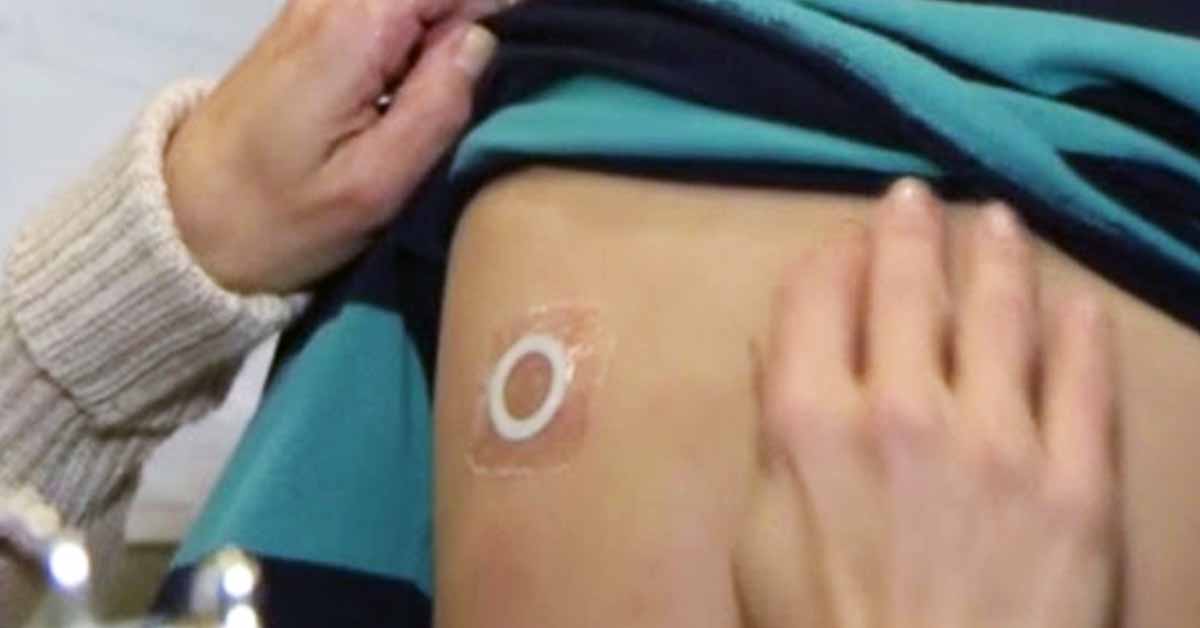In a video presentation at the annual American College of Allergy, Asthma and Immunology (ACAAI) meeting held in New Orleans last week, Dr Terri Brown-Whitehorn of Children’s Hospital of Philadelphia provided a 3-year retrospective of the safety of Viaskin Peanut gleaned from the REALISE safety study.
Viaskin Peanut is the first therapeutic submitted for approval to the US Food and Drug Administration (FDA) by DBV technologies, a biopharma company headquartered in Montrouge, France. The treatment consists of a series of quarter-sized patches containing 250μg of peanut protein — equivalent to about 1/1000 of a peanut — that are placed on various locations on the back to minimize local irritation. The company also has Viaskin therapies for milk and egg in their pipeline.
Expected approval of Viaskin Peanut by the FDA has been delayed pending tests of a redesign of the patch that addresses adhesion issues the agency found concerning.
The 3-year REALIZE study, announced on August 1, 2016, was designed to investigate the use and safety of Viaskin Peanut in routine clinical practice including its use in patients with a history of severe anaphylaxis.
REALIZE enrolled 393 children with a mean age of 7 in a six-month randomized, placebo-controlled phase. All participants — except one child from the placebo group — went on to open-label treatment with the active patch through year 3.
During the first year, 91% experienced adverse effects (AEs) deemed treatment-related with 11.5% suffering reactions categorized as severe and 60.5% suffering reactions categorized as moderate.
But during year 2, rates of moderate and severe AEs dropped by half (34.5% and 4.9%, respectively) and fell even further in year 3 (23.9% and 0.9%, respectively).
Mild reactions to the therapy remained relatively common in year 3, suffered by 73.5% of the participants.
Over the three-year trial, 17 cases of anaphylaxis stemming from the therapy were recorded in 16 individuals, although none were deemed severe. Three discontinued the therapy including one participant that did not suffer anaphylaxis.
14 participants who had a history of anaphylaxis prior to the study did not appear to have a greater risk for suffering anaphylaxis from the treatment.
Over the course of the study, the discontinuation rate was less than 1% with 2.3% requiring epinephrine.





